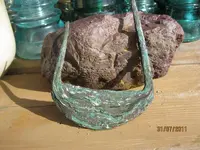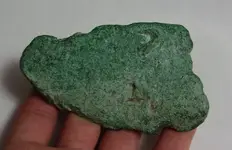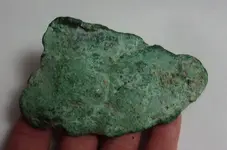Plumbata
Bronze Member
Recently I purchased a sleeper batch of artifacts for 20 shipped, including this rather nice socketed copper spearhead, which weighs 37 grams and is 4.5 inches long. I've wanted a good one for a long time as a New-World ambassador to my European spearhead collection, and think this fits the bill. Next is a Chimu example.
Apart from the appealing construction and form, it has very definite deep divots on 1 side of the blade. Some of the divots closer to the business end are less pronounced or perhaps fully missing due to loss of metal and carbonate patina, but what remains suggests that it was quite purposefully decorated/modified. I don't know where specifically it was found, but it came from a New York estate for whatever that's worth.
Anyway, I was hoping some of you may have seen similar "decorated" Old Copper Complex artifacts, or may have some insights about the spearhead? I personally have not seen anything quite like it.
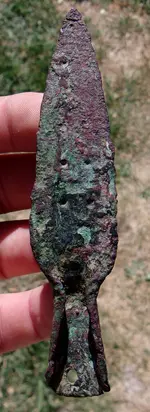
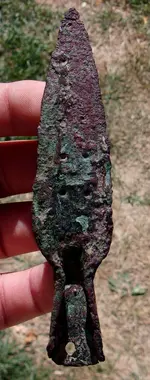

Apart from the appealing construction and form, it has very definite deep divots on 1 side of the blade. Some of the divots closer to the business end are less pronounced or perhaps fully missing due to loss of metal and carbonate patina, but what remains suggests that it was quite purposefully decorated/modified. I don't know where specifically it was found, but it came from a New York estate for whatever that's worth.
Anyway, I was hoping some of you may have seen similar "decorated" Old Copper Complex artifacts, or may have some insights about the spearhead? I personally have not seen anything quite like it.



Upvote
0




